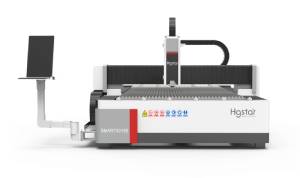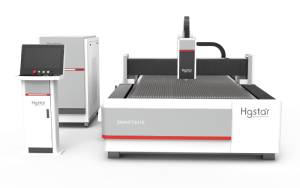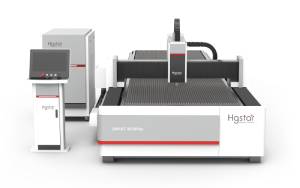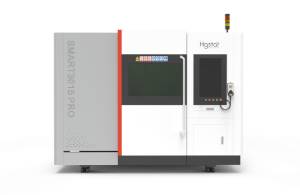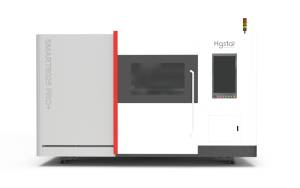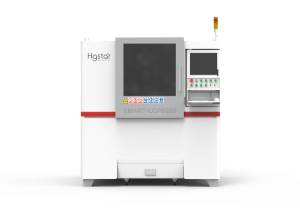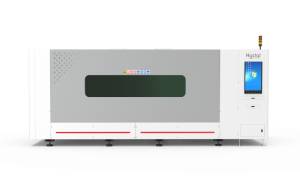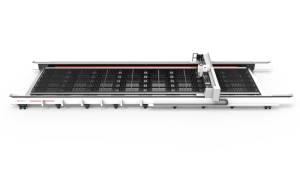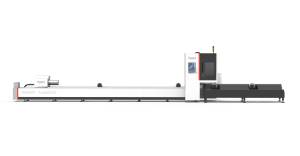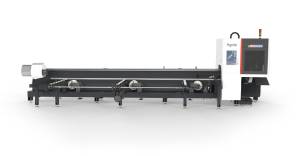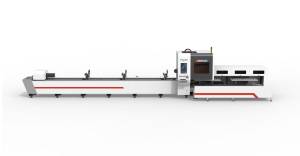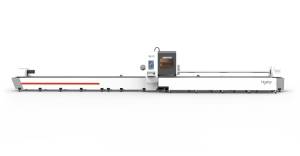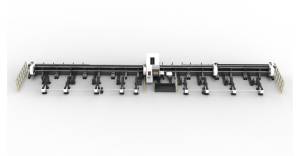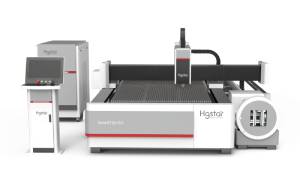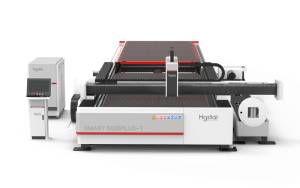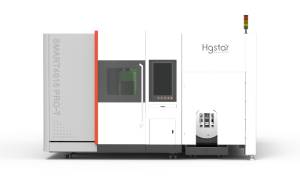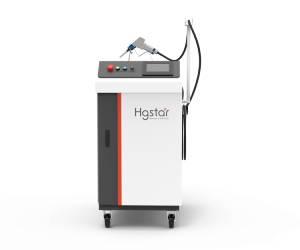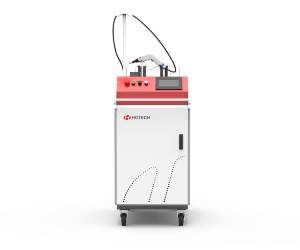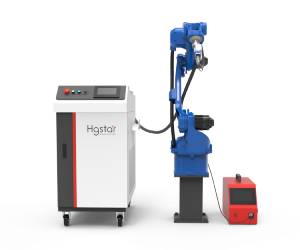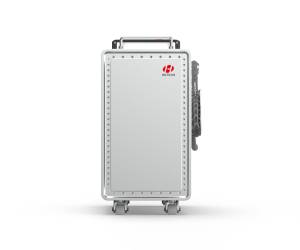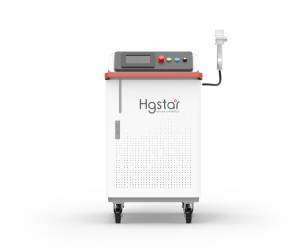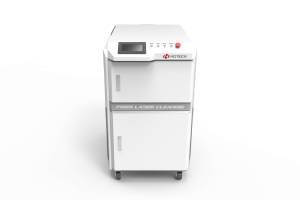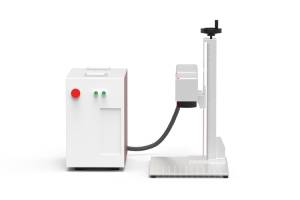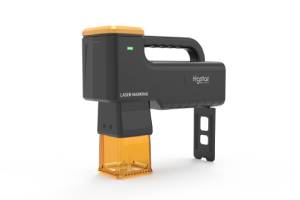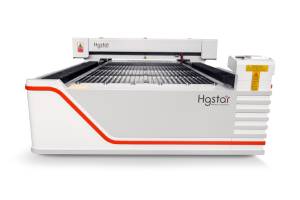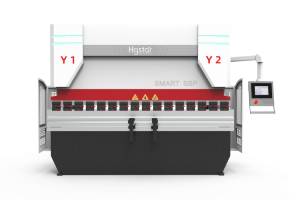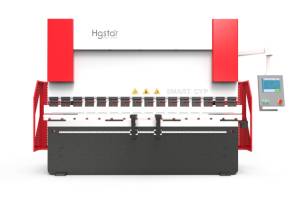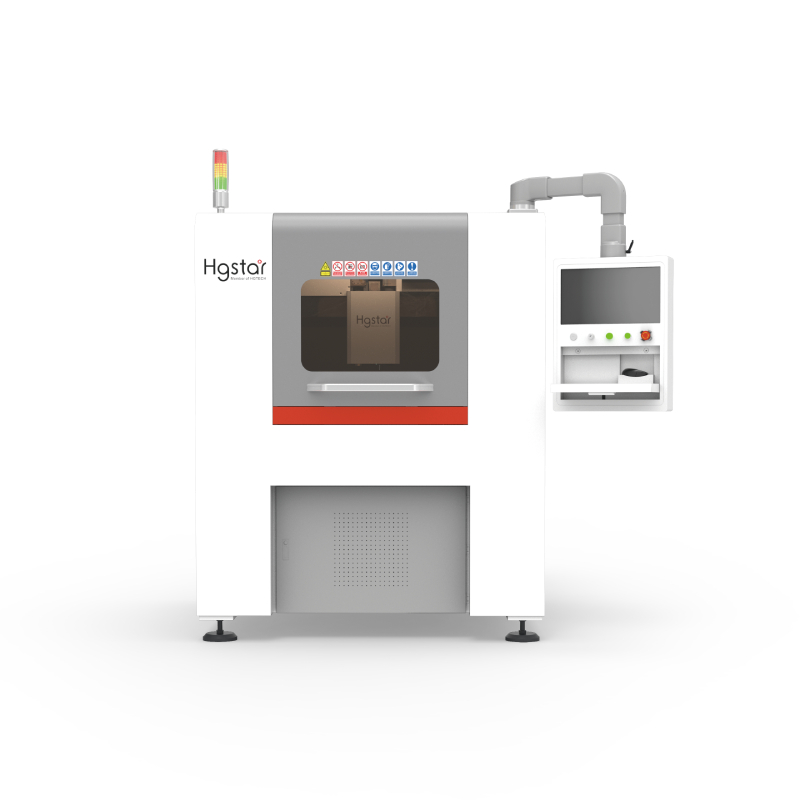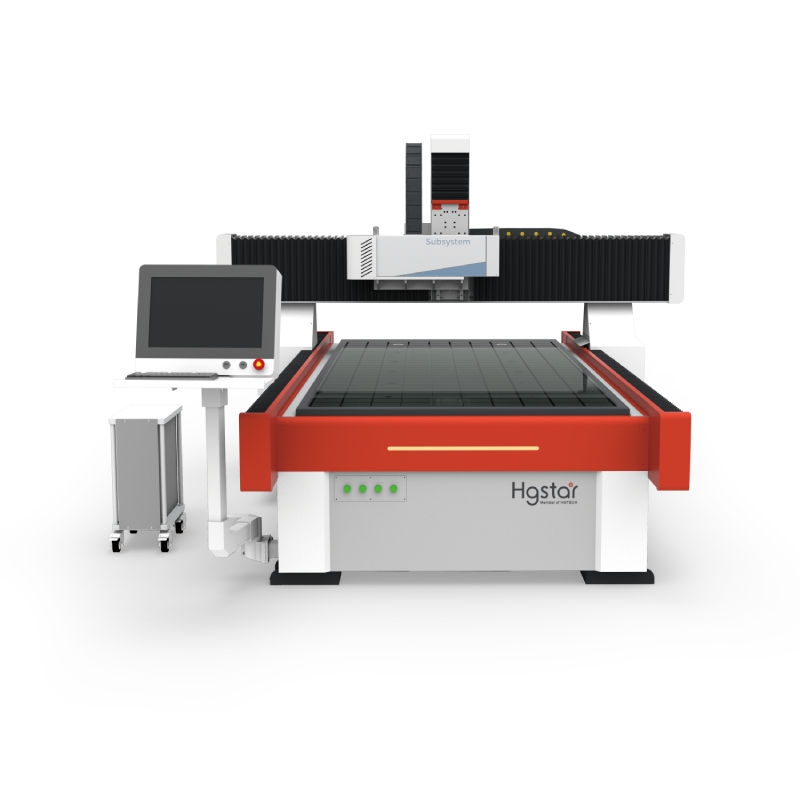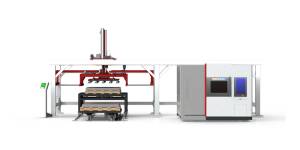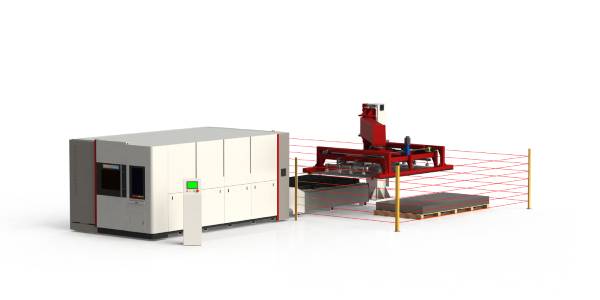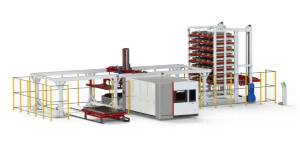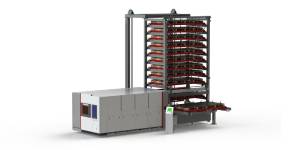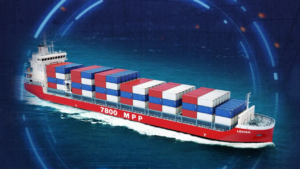
Currently, the global shipbuilding industry is experiencing a new growth cycle, showcasing unprecedented development opportunities. Welding automation, as one of the key technologies in shipbuilding, accounts for approximately 30% of the total shipbuilding cost, yet its automation rate is only 5%. There is an urgent need for the adoption of efficient and reliable automated welding methods to replace traditional manual operations, in order to alleviate the pressure of order delivery.
HGTECH’s Intelligent Manufacturing Division has developed intelligent production lines for thin plate welding and group vertical welding to address issues such as thin plate welding distortion and the enhancement of automation rates in the shipbuilding process. Through precise control of heat input and assembly accuracy during the welding process using Laser Hybrid Welding technology, welding distortion is reduced. Additionally, the application of Industrial Internet of Things (IIoT) technology, intelligent central control systems, and logistics systems enables the automation, digitization, and transparency of the welding production line.
Intelligent Welding Production Line for Thin Plate Components
In shipbuilding, especially in the construction of ro-ro passenger ships (Ro-Pax), car carriers (Ro-Ro), and cruise ships, a large amount of thin steel plates is used in the compartments above the waterline to reduce the weight and center of gravity of the hull. Multi-deck systems are often made by welding thin steel plates together, with individual weld seams extending up to tens of meters or even over twenty meters. Thin steel plates are also commonly used to partition hundreds or even thousands of compartments in the ship’s superstructure. If the deformation of the thin steel plates after welding is significant, it can affect the deck level and the overall compartment accuracy.
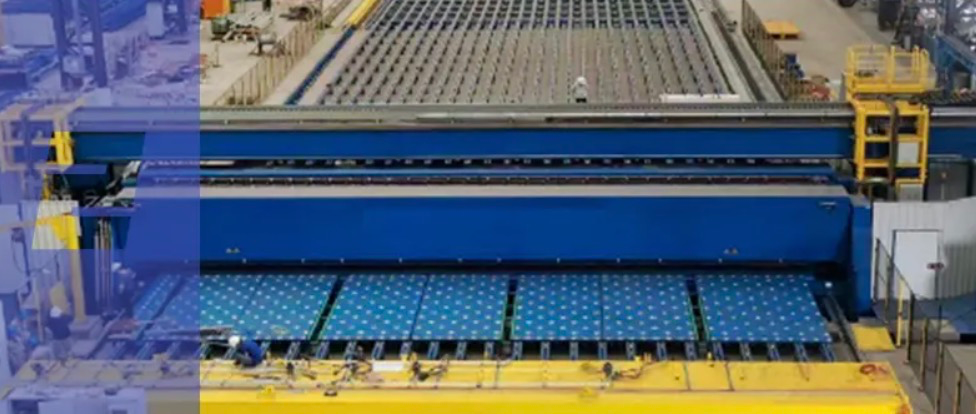
The thin sheet automatic welding line independently developed by HGTECH’s Intelligent Manufacturing division adopts advanced Laser-Arc Hybrid Welding (LAHW) technology. In this process, the laser beam and electric arc interact within a shared molten pool, working synergistically to produce deep and narrow welds. This technology effectively controls welding distortion, enables single-sided welding with double-sided formation, and reduces the need for flipping the workpiece. As a result, it significantly enhances production efficiency and optimizes the utilization of factory floor space.

Reduced welding distortion
The laser beam can be focused on a very small spot. The tight focusing of the beam enables higher welding speeds, thereby reducing heat input and significantly decreasing thermal variations in the welded components.
High welding speed
For butt welding of shipbuilding structural steel plates with a thickness of ≤12mm, the maximum welding speed can reach 2.5m/min, which is 2-3 times faster than manual welding speeds.
Optimize the production process
Achieving single-side welding with double-side formation, the system integrates production processes such as butt welding of sheet components, marking, and longitudinal stiffener assembly welding. This significantly improves production efficiency, greatly reduces worker labor intensity, and shortens the shipbuilding cycle.
Greening production
Equipped with advanced dust removal systems, the pollution is minimal and energy consumption is low.

